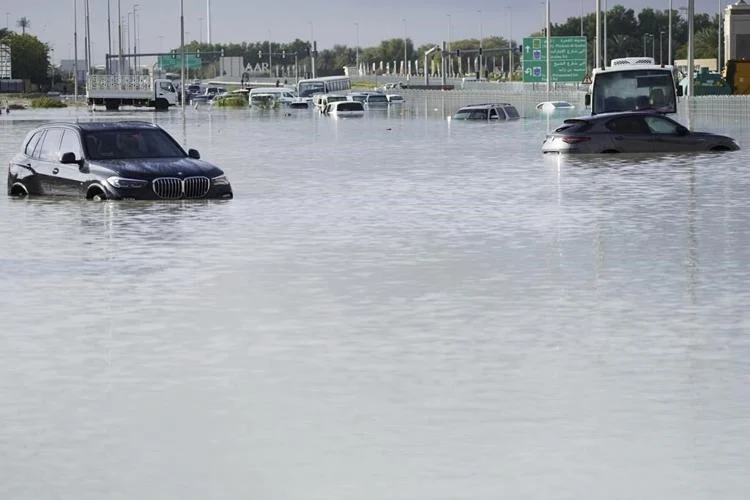
Source : The Canadian Press
Cloud seeding, despite being an old practice, didn't cause the extreme rainfall in the UAE, meteorologists stated. They debunked claims linking the deluge to cloud seeding, attributing it to the effects of climate change and well-forecasted weather patterns instead.
Cloud seeding, a technique aimed at enhancing precipitation, involves introducing particles into clouds to stimulate rainfall. However, its effectiveness remains disputed among scientists, with some studies suggesting limited impact. While governments in regions facing water shortages, such as the U.S. West and the UAE, invest in cloud seeding, its contribution to water supply remains uncertain.
In the case of the UAE's recent downpour, experts pointed to natural weather dynamics, including the convergence of low-pressure systems, rather than cloud seeding. Such intense storms are not uncommon in the region, occurring sporadically but significantly. While cloud seeding may have marginal effects, it cannot account for major weather phenomena like the UAE deluge.
Meteorologists emphasized the need to focus on broader climate change discussions rather than attributing singular events to cloud seeding. They highlighted the growing trend of heavier rainfall worldwide due to a warming atmosphere's increased moisture-holding capacity.
While cloud seeding technology persists, its ability to control weather events like the Dubai downpour remains far-fetched. Experts underscored the complexity of atmospheric forces, suggesting that while humans may influence long-term climate patterns, controlling individual storms remains beyond current capabilities.















